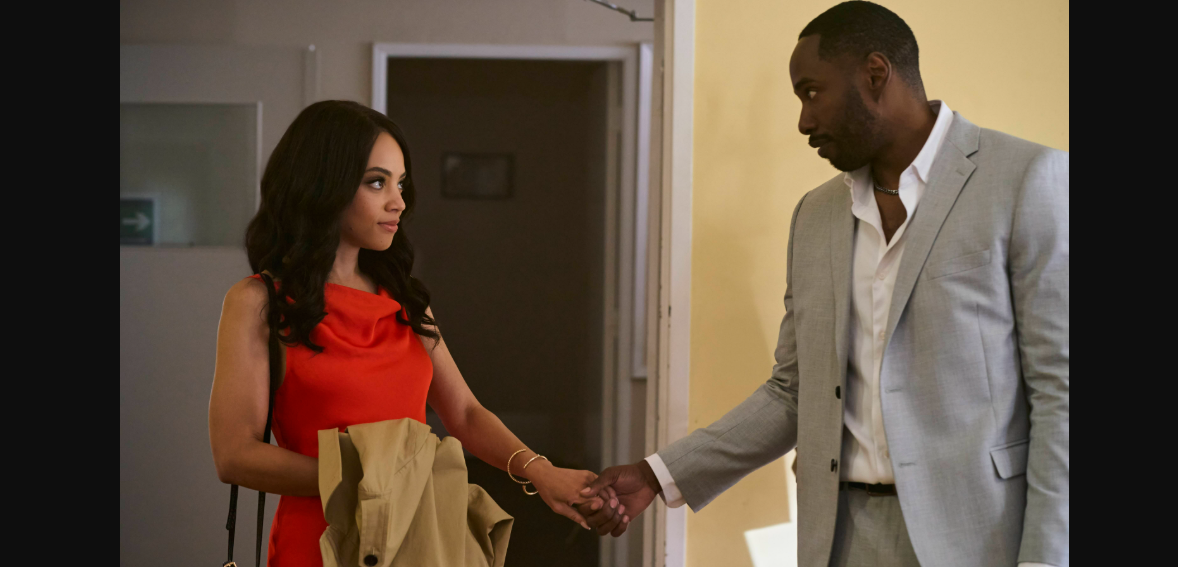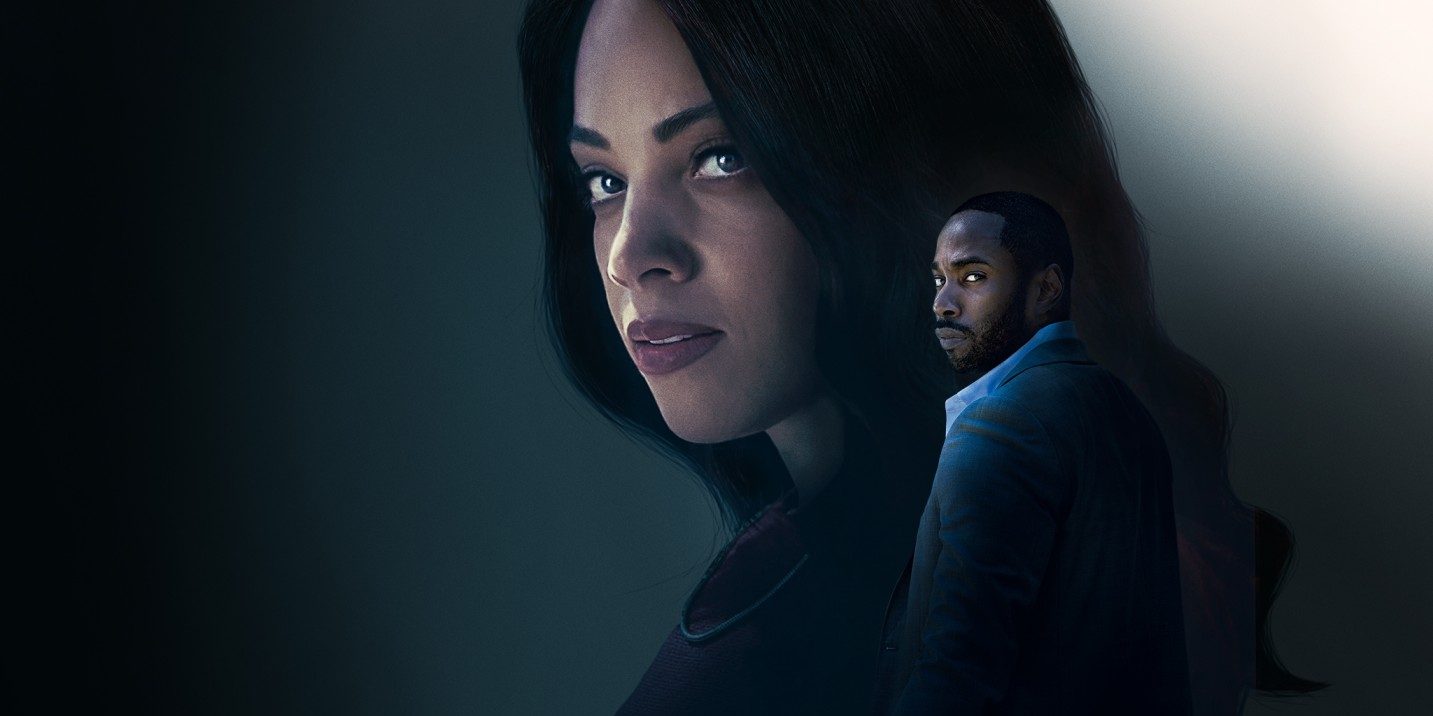Directed by Steve Adelson, Lifetime’s ‘The Widow’s Payback‘ goes beyond being just a thriller. It tells the story of Amanda Bibbs, a woman whose life is shattered after her husband is murdered. Desperate for answers and frustrated by the slow pace of the investigation, she loses faith in law enforcement’s efforts to solve the case. She is determined to seek justice on her own terms and she decides to take matters into her own hands. Her search leads her to Percy “Slide” Daye, a notorious and dangerously violent man believed to be behind her husband’s death. Assuming a false identity, Amanda infiltrates his inner circle, risking everything to get close enough to expose the truth. But the deeper she goes, the more perilous her mission becomes. The film unfolds as a story of the courage of a woman who refuses to back down, even when the odds are stacked against her.
The Widow’s Payback Tells the Story of Many Who Refuse to Surrender in the Face of Injustice
Part of Lifetime’s Ripped from the Headlines series, ‘The Widow’s Payback’ is confirmed to be inspired by true events. While it doesn’t draw from one specific case, the film reflects the struggles of many real women and families who have faced loss and found themselves let down by the justice system. It captures the resilience of those who, after losing their partners to violence, refused to remain silent and instead took extraordinary steps to seek the truth. The Writer Avery O. Williams has blended elements from multiple real-life cases of women who turned grief into action and fought for justice when help from law enforcement fell short.

One can take the case of Rita Schwerner Bender as an example of a spouse actively pursuing justice after a partner’s death. Her husband, civil rights activist Michael Schwerner, was murdered on June 21, 1964, in Neshoba County, Mississippi, during the Freedom Summer campaign to register Black voters. He, along with James Chaney and Andrew Goodman, was abducted and killed by members of the Ku Klux Klan. Rita immediately became a public voice demanding justice, coordinating with federal authorities when local law enforcement failed to act effectively. She spoke widely about civil rights, attended hearings, and worked to keep national attention on the case. Her advocacy helped ensure federal prosecution of the perpetrators and cemented her role as a tireless campaigner for justice and civil rights reform.
The Character of Amanda Bibbs Stands for the Voices that Have Been Neglected for Years
One aspect of the film is its focus on Amanda Bibbs and her husband being people of color, which allows the story to touch upon racial discrimination and negligence by law enforcement. While the character of Amanda is not based on any real person, these lived experiences give the story a sense of realism. Bianca Lawson, who plays the protagonist, commented on this particular aspect of the film. She said, “Here my husband in the movie is innocent and set up. But that’s besides the point. When that happens and you’re a person of color, you don’t get the same second chance others do. We’re seeing this now in the world. I think that was important to show….I think it’s something that is very real and true and prevalent…I am quite proud they added that element.”

The film ultimately resonates as a story not just about one woman, but about the struggles and resilience of many families dealing with grief, injustice, and the failings of systems meant to protect them. It delves into the realities of the lengths people go to seek answers when the world seems unwilling to provide them. In this sense, it joins the ranks of films like ‘A Vigilante’ and ‘The Widow,’ which similarly explore personal quests for justice and the emotional toll of taking matters into one’s own hands. More than a thriller, the movie reminds audiences that behind every headline, there are real families going through the pain and pursuit of justice.
Read More: Is Lifetime’s Brace for Danger Based on a True Story?


